Myagdi, a district rich in genetic resources and biological diversities has reported the potential disappearance of 97 varieties of indigenous crops from its rural areas.
The Agriculture Knowledge Centre Myagdi has reported the loss of these valuable resources including indigenous, high-altitude herbs, specific flowers and plants of high biological importance in the district. As the Centre said illegal harvesting of such resources is one the reasons for their declining presence.
A wide range of crops including indigenous, winter crops, pulses, oil crops, fruits, seeds, and grains such as junelo (sorghum), silam (perilla), multiple types of rice aanga, marsi, gudura, gauriya, and ghaiya (upland rice) and uwa (naked barley) face the increased risk of extinction. This worrying trend has begun since a decade.
Chandra Bahadur Karki, a local farmer leader, pointed out the lack of government programmes aimed at encouraging farmers to protect indigenous crops. Official data reveals that 97 indigenous crop varieties are currently at risk of extinction in the district.
The use of imported seeds has been dominant over locally produced seeds. Traditionally, seeds of crops like pumpkin, cucumber, and bottle gourds were stored on house walls for the next planting season, but this practice has now disappeared.
Farmers have stopped reserving the local seeds for the future use, it is said.
Though the government plans to promote indigenous crops such as gaily, millet, latte, kaguno (foxtail millet), the imports of unhusked rice, millet and rice from various countries including from India are increasing each year, according to Center's former chief Kiran Sigdel. The tradition of consumption of millet-based products has significantly decreased in the area.
Buckwheat, latte, barley, and foxtail products are now rarely prepared or consumed in the area.
As only required production is made, its commercial production has been disappearing, said Shobhit Sharma, a farmer of Jyamarukot.
According to Sigdel, farmers have stopped growing crops like millet, buckwheat and foxtail millet. "The government has managed subsidy for farmers to grow indigenous crops. But farmers are unaware about it," he said.
Hybrid vegetable seeds have been displacing indigenous crops, observed agricultural scientist Tika Bahadur Karki. Farmers seem not to be attracted to indigenous crops despite the government giving priorities to the crops through the Prime Minister Agriculture Modernisation Project, he said. For an instance, waxy corn imported from China has been displacing indigenous variety of corn of Nepal, he said. This variety of corn is imported in a large amount as it tastes sweet by consuming boiled corn. It has been around 12 years since its import took place, and it is found especially in restaurants of Nepal, he said.
Although crops including millet, corn and wheat are considered the fourth important crops in Nepal, their production has been declining, said the Centre. Millet farming makes up 7.7 percent of the total crop farming of the country, according to available data. The crop is produced especially in Myagdi, Khotang, Sindhupalchok, Baglung, Syangja, Kaski, Okhaldhunga, Gorkha and Sindhuli districts.






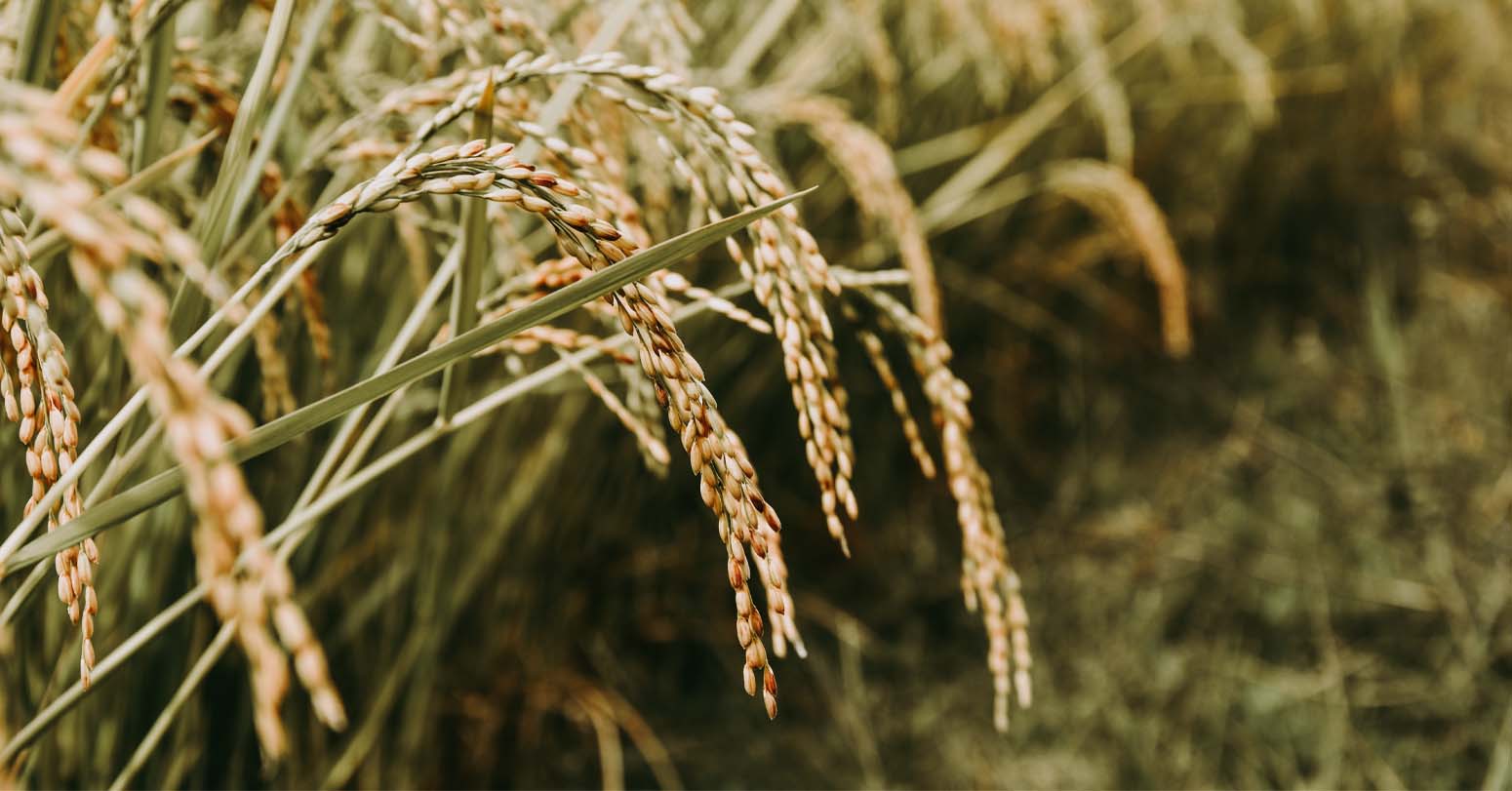
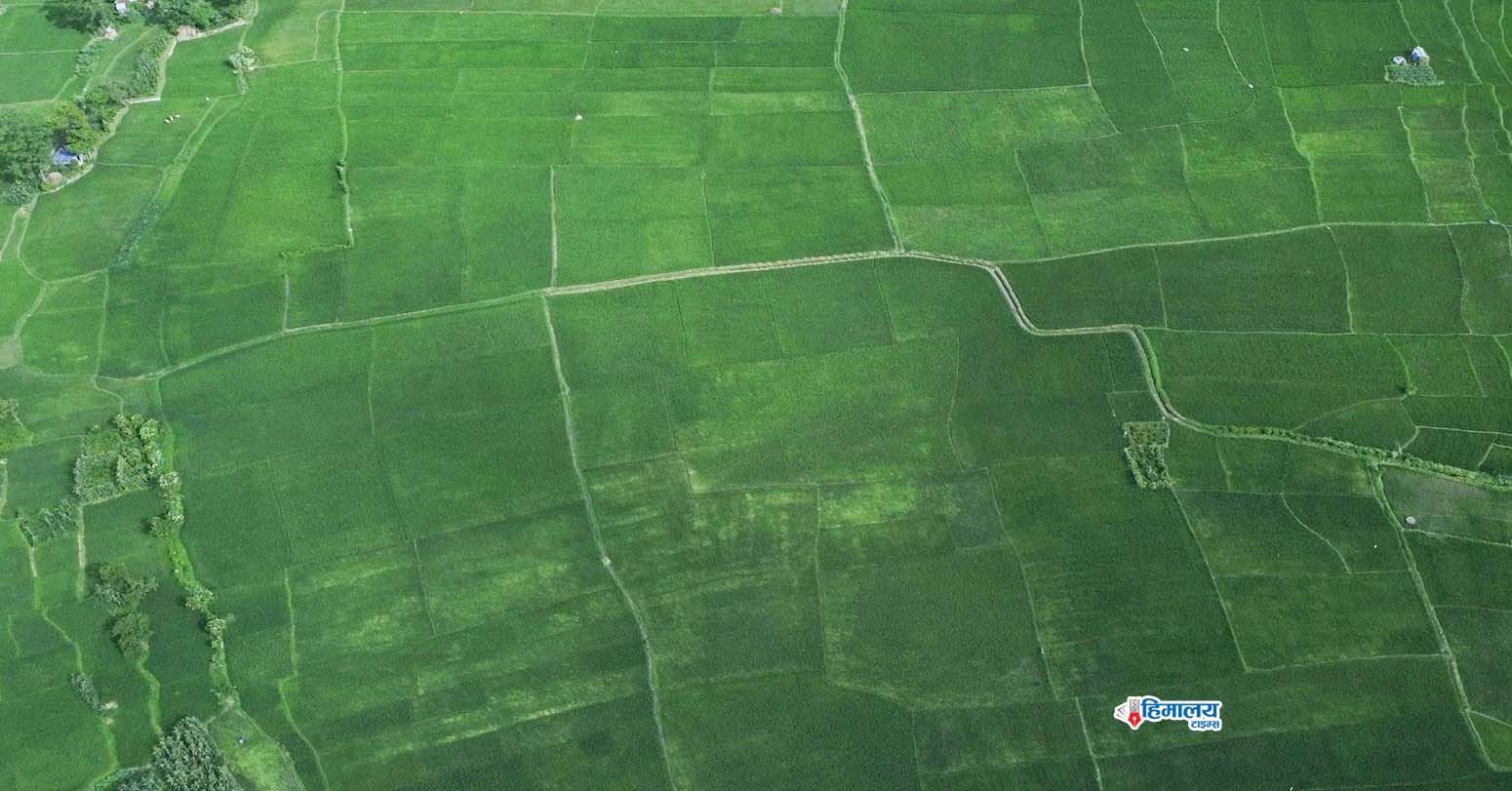

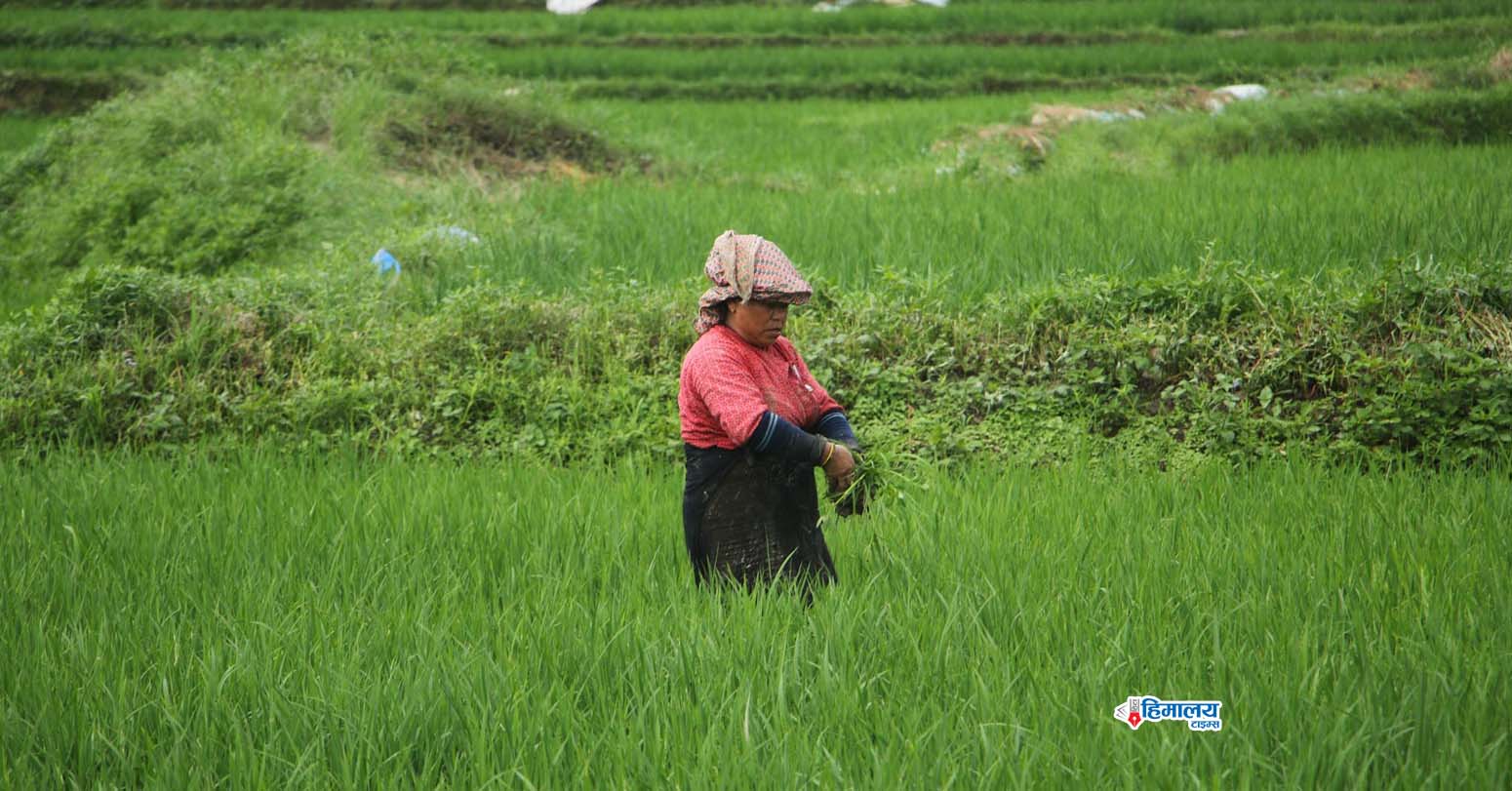
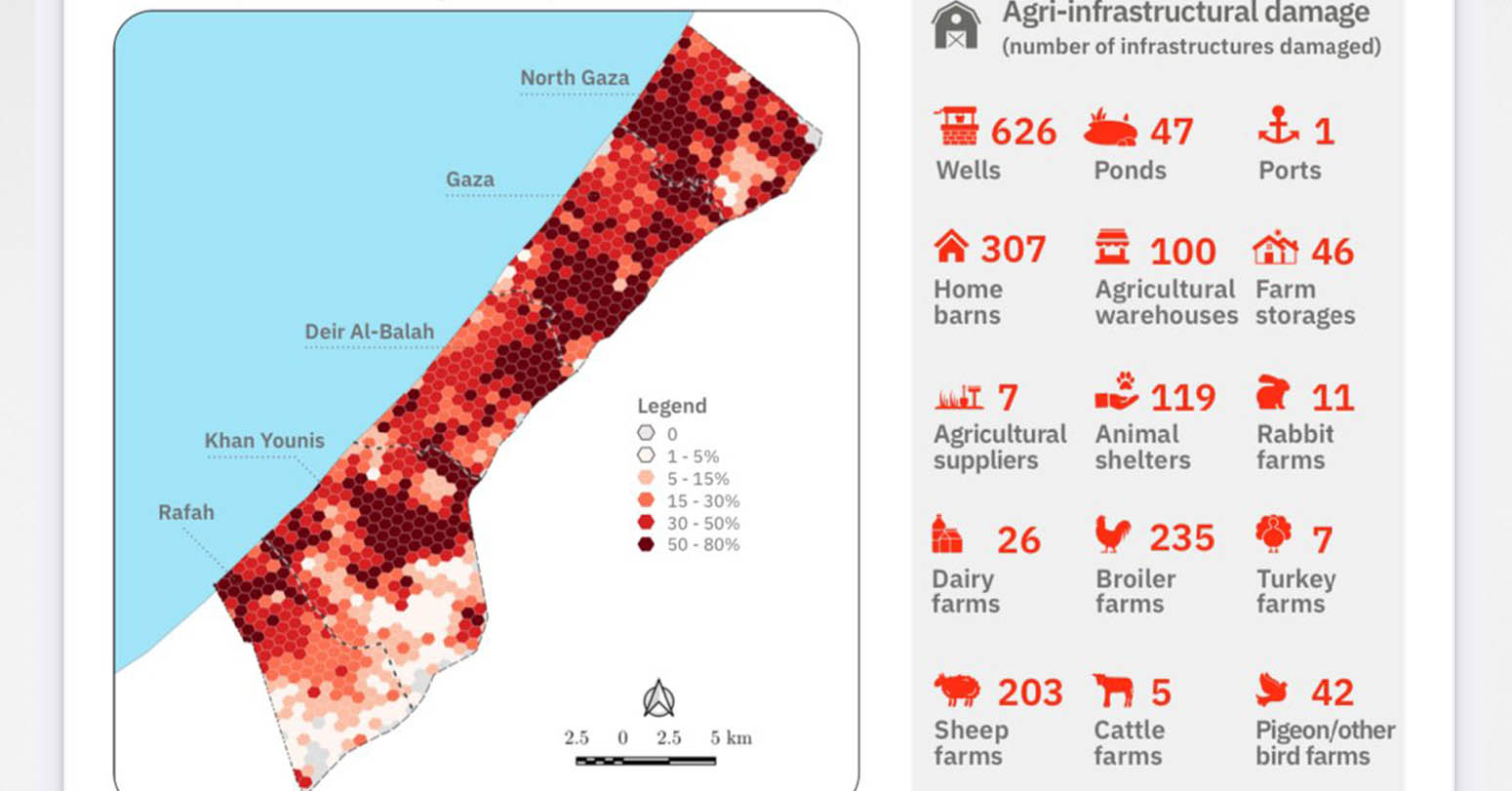

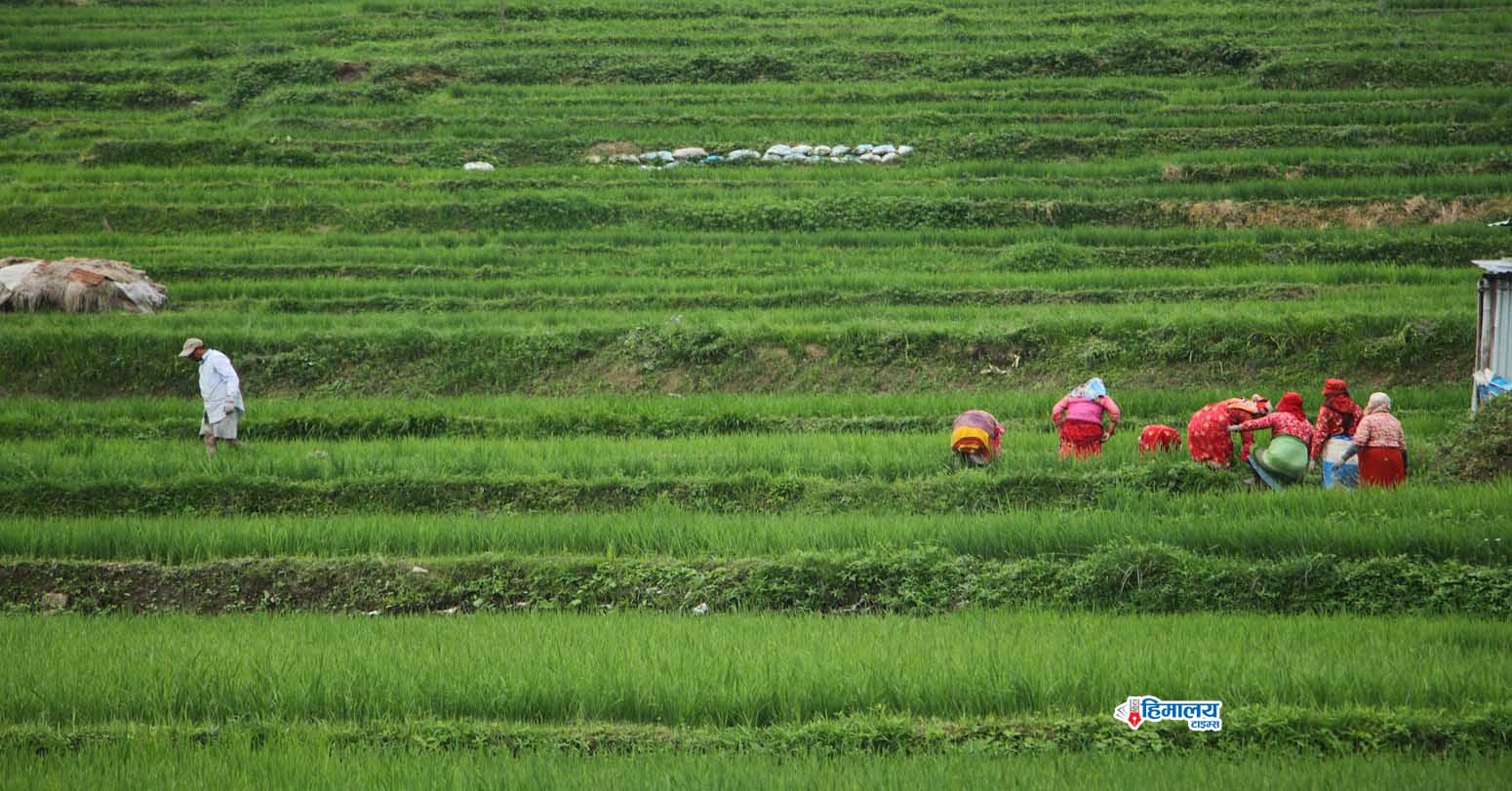
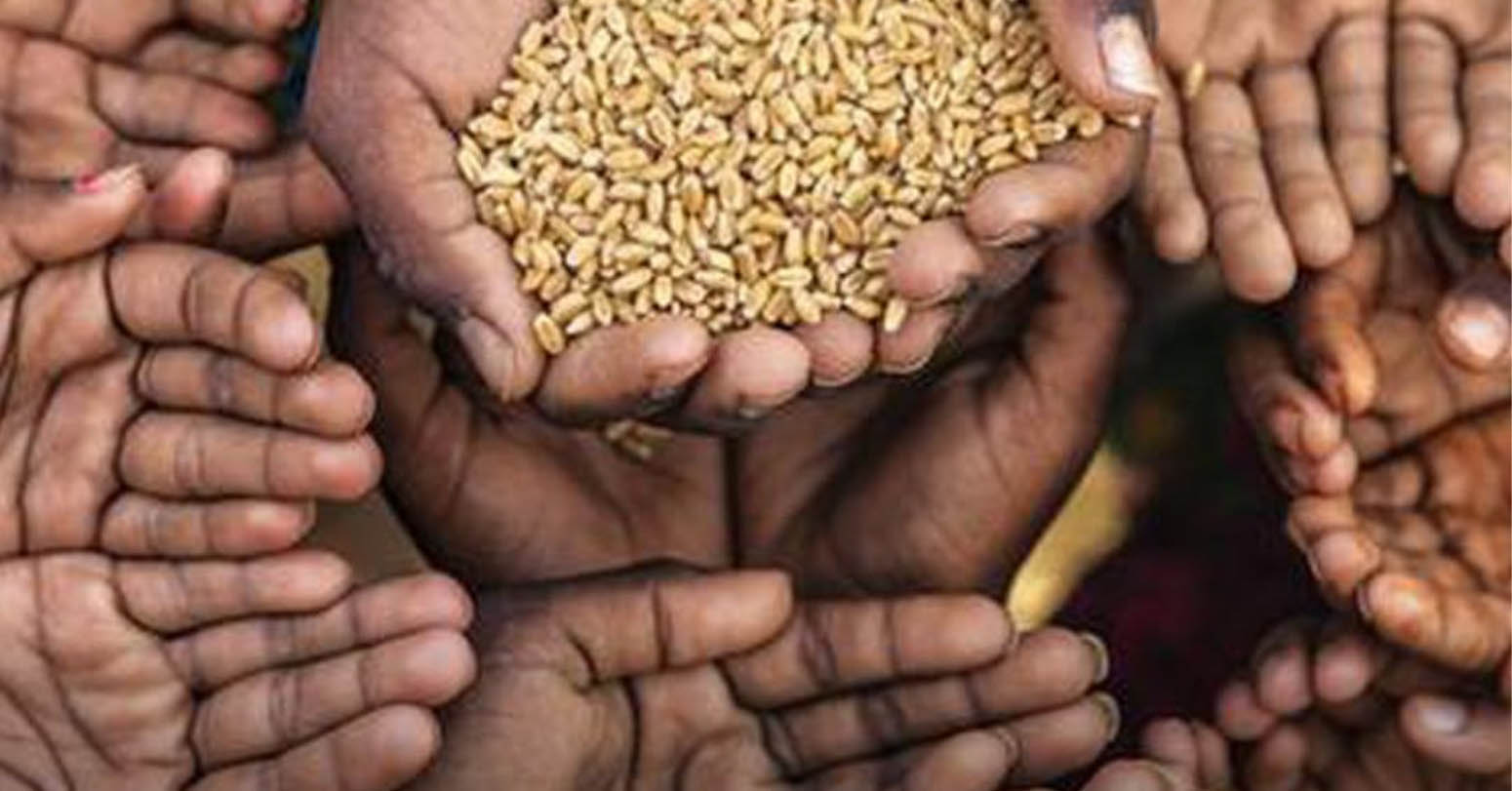

Comprehensive Data Protection Law Critically
Gender Differences In Mental Healthcare
Messi Wins Best FIFA Men’s
Erosion of Democracy
Fly Dubai Catches Fire in
“Complexities of the South Asian